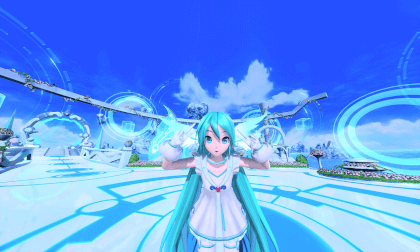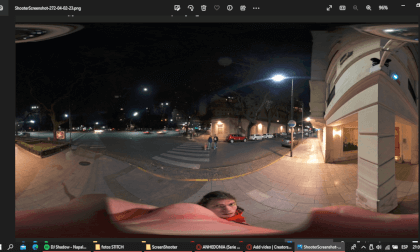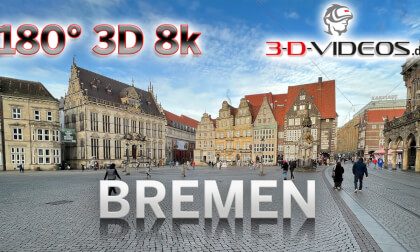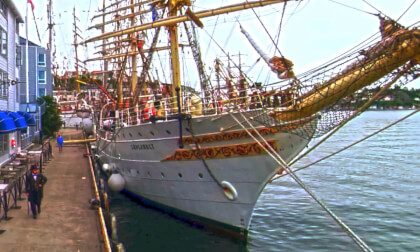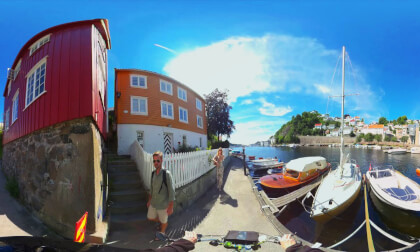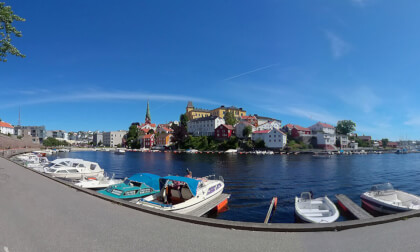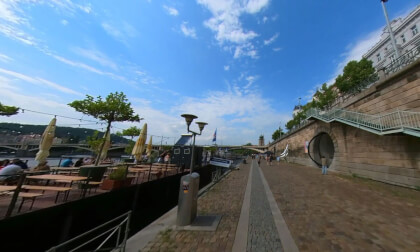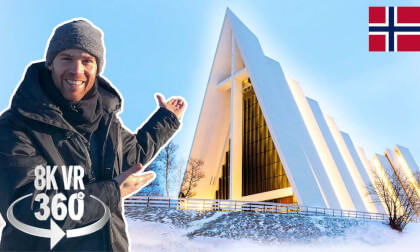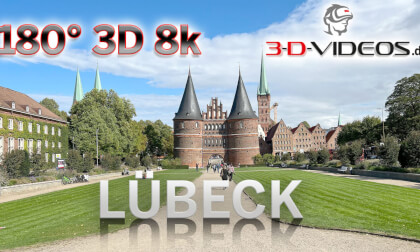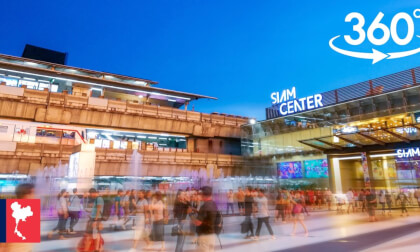This is VR content
Download
DeoVR app
to watch in VR

BazTravels
Released: 3 years ago
Passthrough
Get the action happening right at your place with DeoVR passthrough. Open a video in DeoVR app and click
Recommended headsets:
Meta Quest 3, and Quest Pro with stereoscopic color passthrough, Pico 4 (monoscopic color passthrough).
Compatible headsets:
Quest 2, Valve Index (monoscopic black and white passthrough).
Passthrough is not compatible yet for Oculus Link cable.
Check out our complete guide to passthrough and join in the discussion at our busy forum.
Welcome to BazTravels and I hope you enjoy my VR180 videos
YouTube: https://www.youtube.com/c/BazTravels
Elegant, riverside restaurant with a relaxed dining terrace, serving Modern Australian cuisine. https://customshouse.com.au/
Customs House History
"Customs houses were built in all major Australian ports in the nineteenth century. Customs and excise duties were an important source of revenue, levied on goods from overseas and in some cases from other colonies. The port of Brisbane grew quickly so in 1884 the Queensland government agreed to replace its existing Customs House at Petrie Bight, a modest single storey brick structure, with a much grander edifice. Designed by Charles McLay of the Colonial Architect’s office, it is two storeys high on the Queen Street frontage, while three storeys are visible from the river side. Its grand public space, The Long Room, is surmounted by a copper sheathed dome. With work commencing in 1886, this imposing and rare surviving masterpiece of the Colonial Architects Office took three years and £38,346 to build.
The Brisbane Customs House is a fine example of Victorian Free Classical style, with its grand colonnades and portico, and a dome which still manages to be a major feature on the landscape, despite being overlooked by adjacent high rise office and apartment blocks.
After Federation in 1901 the Customs House became part of the commonwealth government’s customs service and some of its elegant rooms were carved up as offices. Surrounded by busy wharves and trams, it became one of Brisbane’s best known buildings. With the move to containerization all the major wharves in central Brisbane were demolished, with new wharves being built much nearer the river mouth. In 1988 the Customs House, which at its peak had 300 staff, closed and custom activities left their symbolic home on the river for an office block up the road. The Customs House is one of the few reminders that central Brisbane was once a great river port.
Conscious of the heritage value of the House, the Commonwealth government negotiated a lease with the University of Queensland which agreed to restore the property, generously supported by donations. Customs House re-opened in October 1994 and the building now serves as a downtown presence for many university activities. Its magnificent Long Room and other public rooms are available for a variety of cultural, community and business functions. Its role as a Customs House can still be seen in a number of historical displays and in the layout and fabric of the building itself."
YouTube: https://www.youtube.com/c/BazTravels
Elegant, riverside restaurant with a relaxed dining terrace, serving Modern Australian cuisine. https://customshouse.com.au/
Customs House History
"Customs houses were built in all major Australian ports in the nineteenth century. Customs and excise duties were an important source of revenue, levied on goods from overseas and in some cases from other colonies. The port of Brisbane grew quickly so in 1884 the Queensland government agreed to replace its existing Customs House at Petrie Bight, a modest single storey brick structure, with a much grander edifice. Designed by Charles McLay of the Colonial Architect’s office, it is two storeys high on the Queen Street frontage, while three storeys are visible from the river side. Its grand public space, The Long Room, is surmounted by a copper sheathed dome. With work commencing in 1886, this imposing and rare surviving masterpiece of the Colonial Architects Office took three years and £38,346 to build.
The Brisbane Customs House is a fine example of Victorian Free Classical style, with its grand colonnades and portico, and a dome which still manages to be a major feature on the landscape, despite being overlooked by adjacent high rise office and apartment blocks.
After Federation in 1901 the Customs House became part of the commonwealth government’s customs service and some of its elegant rooms were carved up as offices. Surrounded by busy wharves and trams, it became one of Brisbane’s best known buildings. With the move to containerization all the major wharves in central Brisbane were demolished, with new wharves being built much nearer the river mouth. In 1988 the Customs House, which at its peak had 300 staff, closed and custom activities left their symbolic home on the river for an office block up the road. The Customs House is one of the few reminders that central Brisbane was once a great river port.
Conscious of the heritage value of the House, the Commonwealth government negotiated a lease with the University of Queensland which agreed to restore the property, generously supported by donations. Customs House re-opened in October 1994 and the building now serves as a downtown presence for many university activities. Its magnificent Long Room and other public rooms are available for a variety of cultural, community and business functions. Its role as a Customs House can still be seen in a number of historical displays and in the layout and fabric of the building itself."











